Blog-1
Insightful blogs and articles related to banking and financial services operations across mortgages, financial crime, commercial lending, and more.

Evolving Model Risks: Challenges and Strategies for Banks
Model risks are an emerging concern for financial institutions, as misused or flawed financial models can have serious adverse consequences....

Top 5 Model Risk Management Priorities for the Banking Industry in 2025
Banks and other financial institutions use models for credit scoring, fraud detection, pricing financial instruments, and managing risk. As models...

Challenges in Transaction Monitoring: Navigating Complexities in the Financial World
Recent high-profile cases, like large-scale cryptocurrency laundering operations and cross-border money-laundering scandals, have highlighted vulnerabilities in traditional transaction monitoring systems....

Key Trends in Digital Transformation for Financial Services in 2025
Looking ahead to 2025, we can expect digital transformation to keep disrupting the financial world with new, game-changing trends emerging...

How Generative AI is Transforming Financial Crime Compliance
Our previous blog discussed how access to Generative AI (GenAI) capabilities has enabled new-age threat actors and criminals to carry...

Top Applications of Advanced Data Analytics in Insurance Policy Underwriting and Claims Management
The insurance industry is a high-risk sector that needs to navigate underwriting challenges, tricky claims, evolving regulations, and growing customer...

Top Trends in Global Banking and Financial Services Industry in 2024
Change is inevitable in any industry, more so in banking and financial services due to their geographically diversified customer base,...

How to Combat Generative AI-Enabled Deepfakes and Other Financial Frauds
GenAI uses a combination of AI and emerging technologies, such as machine learning, to analyze and learn patterns from large...

How AI-Powered Automation Transforms Accounts Payable Workflows
The traditional accounts payable process relies significantly on human agents to receive the purchase order, cross-referencing, invoice processing, etc. With...

How to Enhance Compliance and Risk Management with BI Reporting
Business Intelligence (BI) helps financial institutions get profound insights into their operational complexities, customer expectations and behavior, and market shifts....

How to Optimize Financial Operations with Business Process Management
In the context of financial operations, BPM aims to streamline processes such as accounting, budgeting, payroll, compliance, and reporting. In...

Applications of Intelligent Bots in Wealth Management
The wealth management industry is transforming significantly, majorly due to the rapid evolution and adoption of artificial intelligence (AI) technologies....

How Process Mining Improves Financial Operations: Benefits and Use Cases
The banking and financial services industry is one of the most regulated and competitive industries, where compliance failures can result...

Top 10 Use Cases of Data Analytics in Commercial Lending
In today's competitive financial services landscape, commercial lenders increasingly turn to data analytics to understand their customers, prevent financial fraud,...

Implementing Microservices in Financial Systems: Challenges and their Solutions
Microservices enable financial institutions to develop, deploy, and maintain reliable applications by breaking large and complex systems into individual services....

How to Boost Efficiency in Financial Systems with Microservices
Microservices are applications-based services organized in an architectural pattern and work (communicate and function) based on protocols. Microservices are gaining...

Top 15 Use Cases of Intelligent Process Automation in Mortgage
Process automation in the mortgage industry has seen tremendous evolution due to advancements in machine learning. One of the developments...

Improving Commercial Loan Origination Efficiency with Automation
Commercial loan origination has always been a cumbersome and time-consuming task for any financial institution. Traditional commercial lending methods, with...

How AI-Driven Digital Automation is Driving the Future of Mortgage Underwriting?
Mortgage underwriting is one of the most critical processes in financial institutions to measure the level of risk associated with...

Predictive Modeling for Next-Best Offer in Financial Services
Predictive modeling has found numerous applications in financial services, such as forecasting loan delinquencies, fraud occurrences, customer churn rates, market...

Applications of Advanced Analytics in Mortgage Origination
Mortgage origination is a complex and ever-evolving landscape that requires lenders to keep a proactive approach to risk management, balancing...

The Role and Importance of Stress Testing in Credit Risk Management
Stress testing is a simulation technique crucial to test or assess the resilience of financial institutions and their portfolio or...

Future of Credit Risk Modeling: Trends and Applications
The future of credit risk modeling is continuously evolving with the ever-increasing integration of artificial intelligence and machine learning. These...
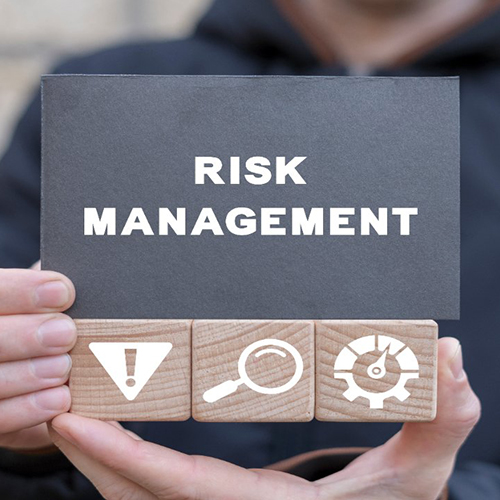
Effective Risk Management Techniques to Improve Credit Portfolio Returns
A credit portfolio—comprising loans, bonds, and other such credit exposures—is pivotal to the financial health of a bank or financial...

Credit Risk Analysis Techniques in Banks and Financial Institutions
Credit Risk analysis techniques are quantitative tools that banks and financial institutions can use to evaluate the borrower’s ability to...

Modern Approaches in Credit Risk Modeling
Credit risk modeling is relatively a very old and essential component of financial risk management, where decisions cut across lending,...

How to Manage Different Types of Model Risks in Banks & Financial Institutions
Financial modeling plays a critical role in banks and financial institutions. They assist financial institutions in decision-making, risk management, and...
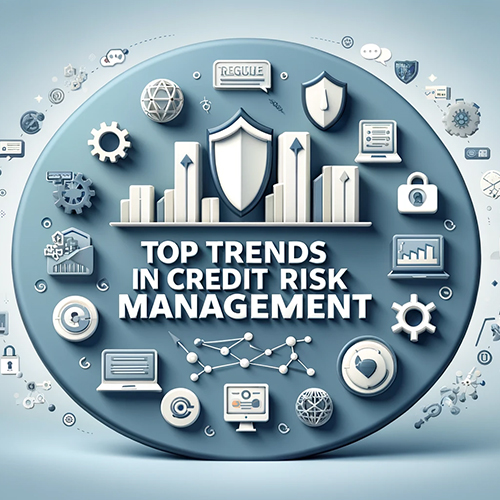
Top Trends in Credit Risk Management
Credit risk management is one of the fundamental processes and an essential function in financial institutions. It aims to identify,...

Credit Portfolio Management – Challenges and Strategies
Credit Portfolio Management (CPM) is a key function for banks and financial institutions. It consists of a critical set of...

Reconciliation in Banking – Importance and New Challenges
Financial reconciliation is a fundamental process in accounting, which involves auditing a company's books or general ledger and tallying them...

What is Model Risk Management (MRM) in Banking and Finance?
Model risk occurs due to a potential flaw or performance gap in the internal control model, which financial institutions use...

What is Customer Due Diligence and How Does It Work?
Customer Due Diligence (CDD) is a Know Your Customer (KYC) and Anti-Money Laundering (AML)/Countering Terrorism Financing (CTF) regulatory requirement for...
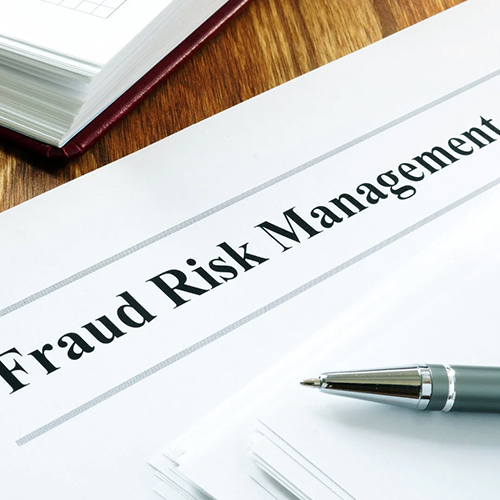
Fraud Risk Management: Key Challenges in Banking
Fraudulent activities are becoming more sophisticated in banking and financial services with the advent of new technologies and digital banking....

What is Enhance Due Diligence (EDD) in Banking and Financial Services
At its core, Enhanced Due Diligence is a comprehensive set of KYC/AML procedures that banks and financial institutions follow to...

Real-Time Payment Fraud Detection & AML Compliance: Expert Strategies for Banks
In the constantly changing world of banking, spot payment scams as they happen (frauds) and money laundering are issues that...

Evolving AML Trends: How Global Sanctions and Regulations Impact Compliance Strategies
In recent years, the landscape of Anti-Money Laundering (AML) violations and fines has seen significant developments influenced by global sanctions,...

How to Build a Robust Transaction Monitoring System for AML Compliance: Guide for Bankers
The banking industry continues to build robust AML compliance systems and practices amid growing financial crime threats and volatility. In...
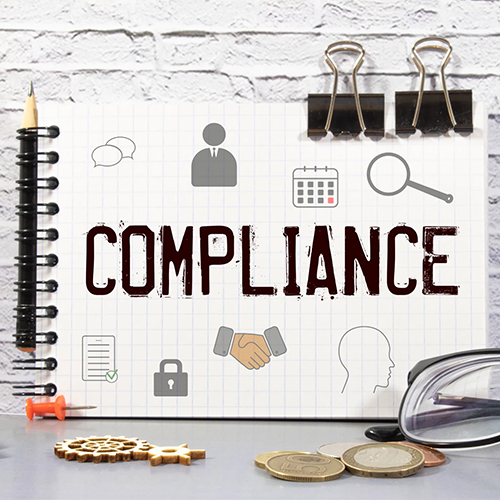
How to Build an Expert Compliance Team: A Guide for Banks
In today's rapidly evolving financial landscape and increasing regulatory requirements, banks and financial institutions face a significant challenge: managing complexity...

Key Challenges in RegTech Adoption for Financial Institutions
Financial institutions bear substantial compliance costs, varying inversely with their size. However, failure to comply with the regulatory requirements also...

How to Enhance Fraud Detection in Digital Payments – A Guide for Banks
The shift towards real-time or instant payments is becoming increasingly common worldwide. However, with new payment systems, such as digital...

What is Correspondent Banking and Its Associated AML Risks?
Correspondent banking is a critical component of the global financial system, which enables one bank to provide cross-border payment services...

How to Improve the Sanctions Screening Process in Banking?
Sanctions screening plays a pivotal role for banks in the fight against financial crimes. It acts as a frontline defense...

How Blockchain Can Help Banks Enhance AML Compliance?
Financial crimes, such as money laundering, fraud, terrorist financing, etc., are serious crimes that are constantly evolving with the advancements...

Cybersecurity Laws, Regulations, and Standards for the Financial Services Industry
With the growing amount of personal and business data in the custody of financial institutions, they face unprecedented risks to...

How to Conduct AML Risk Assessment: Types and Implementation
In the modernizing financial services landscape, the risks of financial crimes such as money laundering and terrorist financing have increased...

How to Navigate Cross-Border AML Regulatory Compliance Challenges?
Financial institutions often encounter vast compliance challenges while operating in the domestic market. The regulatory challenges become even more complex...

What is Transaction Laundering: A Growing Threat to AML Compliance
Transaction laundering is a process through which unknown entities use and process their payments through facilities provided by a merchant...

Regulatory Technology (RegTech) for Compliance in the Financial Services Industry
RegTech or Regulatory Technology refers to technology that helps financial institutions manage their regulatory and compliance requirements efficiently and cost-effectively....

Hyper-Personalization in Insurance – Key to Meet & Exceed Customer Expectations
Hyper-personalization in insurance is a new norm that has emerged as a powerful tool to meet and exceed customer expectations....
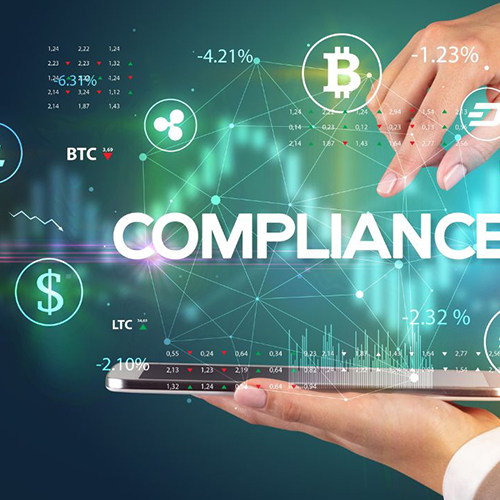
The Challenges of Cryptocurrency Compliance – How Banks Can Overcome Them
Cryptocurrency is a digital or virtual currency that has revolutionized the financial services industry. Cryptocurrency offers both opportunities and poses...
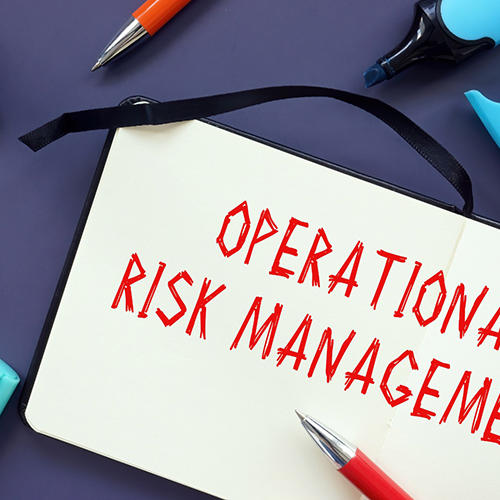
Operational Risk Management (ORM) in Financial Services
Operational risks present extreme complexities to mitigation strategies due to diverse and volatile risk factors that span multiple aspects such...
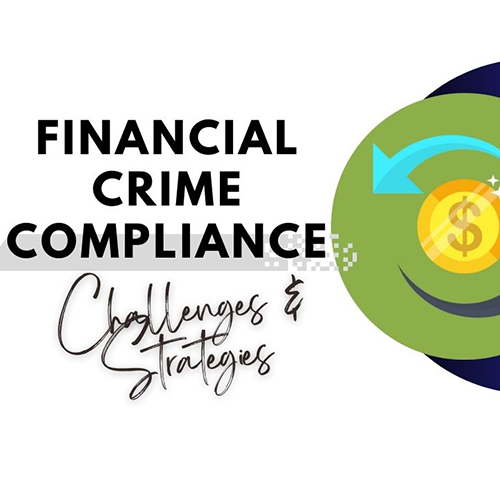
How to Enhance the Efficiency of Financial Crime Compliance Program
A Financial Crime Compliance (FCC) program, also called the anti-money laundering (AML) program, ensures alignment with applicable laws, regulations, policies,...

How to Effectively Manage Claims and Reduce Costs in the Insurance Sector
Claims management is a complex process that involves several steps, from claim submission, investigation, and assessment to negotiating settlement and...

How to Optimize Premium Collection in Insurance: 5 Key Strategies
Insurance is a fiercely competitive market, and premium collection is one of the most critical aspects of the insurance industry....

How to Enhance Customer Experience (CX) in the Insurance Sector?
The insurance industry is a complex ecosystem in which the customer journey often involves multiple touchpoints, from the initial research...

How to Deliver Effective Insurance Services with Managed Services and Digital Solutions
In the fast-paced world of insurance, staying ahead of the competition requires more than just offering competitive rates and excellent...

How to Choose the Right Managed Services Provider for Your Financial Services
Choosing the right managed services provider (MSP) for your financial services operations is a critical decision for the success and...

How are Managed Services Different from Traditional Outsourcing in Banking?
Managed services and outsourcing are often used as synonyms. However, there is a major difference between the two. Managed Services...

Boosting Workforce Training in Banking with Digital Learning
Banking and financial services are transforming due to technological disruption, changing customer preferences, and regulatory shifts. While financial institutions are...

The Role of Managed Services in Streamlining Financial Services
In the digital-first world, the financial services industry is constantly evolving, navigating the unpredictable economic and regulatory landscape driven by...

Credit Risk Management Processes, Best Practices & Techniques
Credit risks can severely impact a bank’s financial stability and reputation and can appear in many forms such as loan...

The Rise of Cryptocurrency: Benefits, Risks, and Mitigation Strategies
The world transcended from national or regional markets to a global marketplace in the 21st century, placing the impetus on...

Credit Risk Management in Banking: Challenges and Solutions
Credit risk is one of the significant risks for banks and financial institutions across the globe, and it can lead...
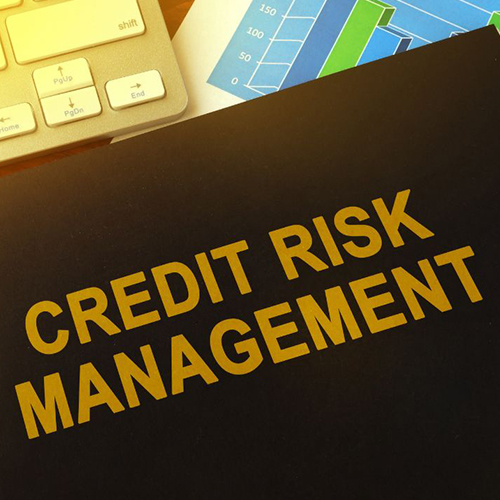
A Guide to Credit Risk Management for Banks and Financial Institutions
Credit risk is a major financial risk that occurs when a borrower or entity fails to repay the owed principal...
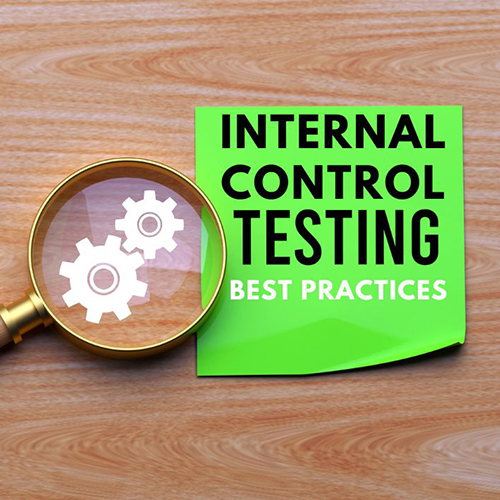
Internal Control Testing: 10 Best Practices for Banks
Control testing assists banks and financial institutions to evaluate their internal controls, including corporate governance & accounting processes, to mitigate...
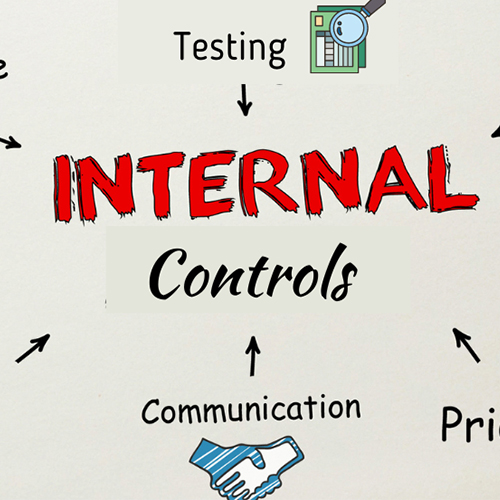
How to Implement Control Testing Programs to Mitigate Risks in Banks
Internal controls help banks and financial institutions detect mistakes, fraud, and non-compliance, and reduce risks. In addition, control testing plays...

The Role of Control Testing in Mitigating Enterprise Risks in Banking
Banks and other financial institutions face a wide range of enterprise risks that can impact their operations, financial stability, reputation,...

How to Manage Fraud Risks in Wealth and Asset Management
Wealth and asset management firms are prone to fraud risks that can severely impact clients and financial institutions. In recent...

How Money Laundering Schemes Changed in the Digital Age
Technological developments, especially in the financial services sector, have provided criminals with new avenues of money laundering. For instance, criminals...

Best Practices for Effective Governance, Risk, and Compliance Management
The banking industry has experienced some of the most unprecedented transformations in recent years. To navigate the complex regulatory landscape...

How AI and Machine Learning Are Transforming Wealth and Asset Management Services
Modern technologies, such as Artificial Intelligence (AI) and Machine Learning (ML), are helping the services industry to meet the rising...

Risk Management Lifecycle for the Banking Industry
A comprehensive understanding of the risk management lifecycle and risk management strategies is critical to addressing the risks and threats...

Identifying Predicate Offenses to Strengthen AML/CFT Compliance Strategy
Understanding predicate offenses is critical for banks and financial institutions to prevent, detect, and report money laundering activities and strengthen...

6 Types of Money Laundering Typologies Banks Must Know
Money laundering is one of the most critical challenges faced by banks and financial institutions in the United States and...

Pig Butchering Scams: Red Flags and Mitigation
Pig butchering scams involve scammers contacting potential victims and gaining their trust by befriending or flirting with them. Gaining a...
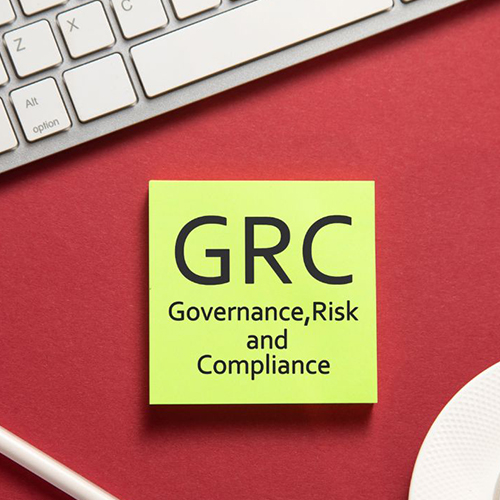
Governance, Risk, and Compliance in the Banking Industry
Governance, Risk, and Compliance (GRC) refers to organizations’ strategy for corporate governance, risk management, and compliance with government laws and...
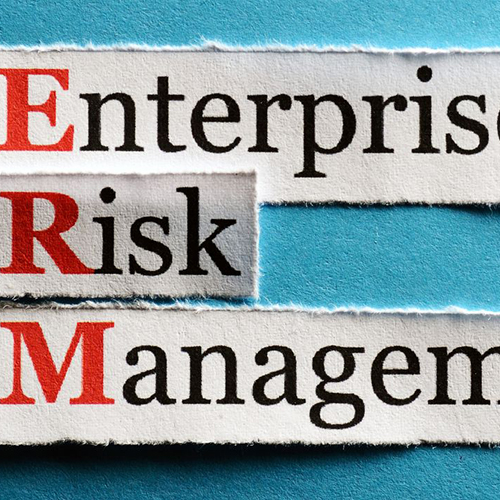
Benefits of Enterprise Risk Management in the Banking Sector
The financial sector is one of the most risk-prone industries, and banks are at the forefront of this risk. Banks...

How to Overcome Potential Challenges in ERM Implementation
Enterprise Risk Management (ERM) is a top-down approach to managing organization-wide risks, ensuring profitability, performance, and regulatory compliance. The practice...

How to Improve Watchlist Screening Process Effectiveness
Watchlist screening refers to the process of identifying and checking the customers, such as individuals and entities, against global watchlists....
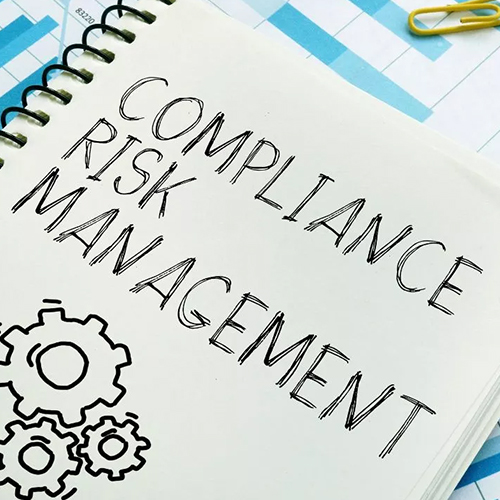
Compliance Risk Management (CRM) in Banking Industry
Compliance refers to how a bank or any other organization adheres to applicable laws, policies, and regulations in the jurisdiction...

FATF Red Flags for Money Laundering and Terrorist Financing
Money laundering has been rising globally despite the growing laws and regulations and clamping down from enforcement agencies. The annual...

4 Key Components of a Robust ERM Framework for Financial Institutions
An enterprise risk management framework (ERMF) is a template or guideline that enables a systematic approach to identify, analyze, and...

The Three Lines of Defense Model in Risk Management
Developed by the Institute of Internal Auditors in 2013, the three lines of defense model (3LoD/TLoD) is one of the...
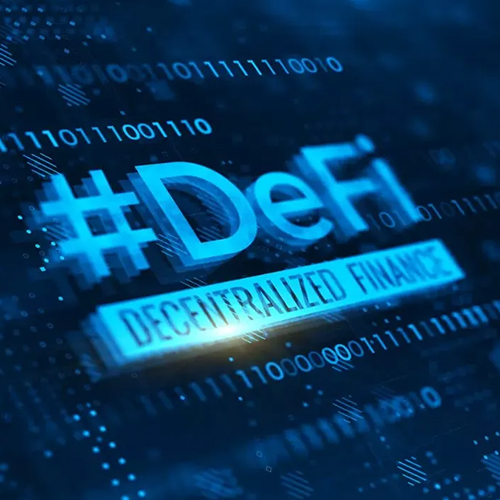
U.S. Treasury Releases 2023 Illicit Finance Risk Assessment of DeFi
The U.S. Department of the Treasury on April 06, 2023, released a report, titled Illicit Finance Risk Assessment of Decentralized...
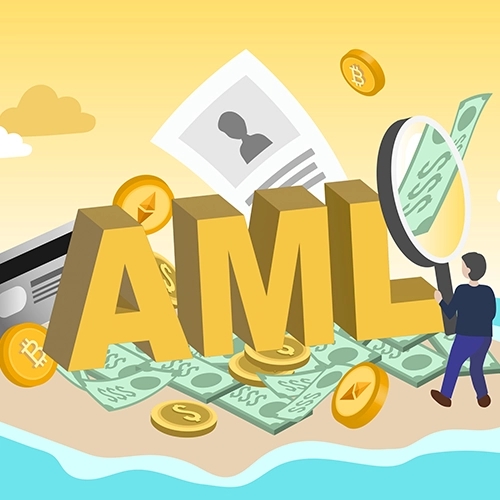
The History of FATF Recommendations for AML/CTF Compliance
Financial Action Task Force (FATF) is an intergovernmental policy & standard-setting body of the U.S. Department of the Treasury dedicated...
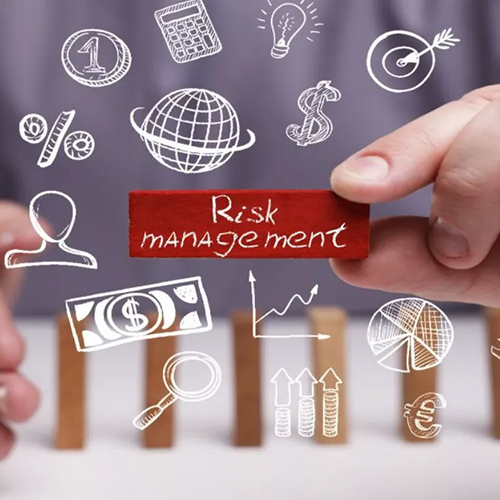
Enterprise Risk Management (ERM) in the Banking Industry
Enterprise Risk Management (ERM) in the banking industry refers to risk management strategies and systems to identify, manage, and prepare...

4 Key ERM Frameworks to Manage Cybersecurity Risks in Banking
Banks and financial organizations encounter unique challenges and risks in their line of business. Unexpected threats and risks arising from...

Evolution of the Basel Accords: An Overview
The development of the Basel Accords continues to evolve. As a result, from 2012-2017, the commission dealt with questions about...

9 Types of Enterprise Risks in the Banking Industry
Enterprise risk management refers to the process and systems in place to identify the risks and provide solutions to manage...

FATF Plenary February 2023: Key Outcomes
The second Plenary of the Financial Action Task Force (FATF) led by Singapore president T. Raja Kumar recently concluded its...

FinCEN Alert (FIN-2023-Alert003) on Mail Theft-Related Check Fraud Schemes
The Financial Crimes Enforcement Network (FinCEN) has issued a new nationwide alert—FIN-2023-Alert003—to banks and financial institutions on theft-related check fraud...

Cryptocurrency and Money Laundering: An Overview
While the use of cryptocurrency is accelerating exponentially, the overall numbers of cryptocurrency transactions related to financial crime are still...

What is Financial Crime Compliance (FCC)?
Financial Crime Compliance (FCC) is a process to ensure your bank or financial institution is meeting the policies, standards, and...

FinCEN Strengthens the AML Whistleblower Program
The Financial Crimes Enforcement Network anti-money laundering whistleblower program was enacted on Jan 1, 2021. The program was created to...
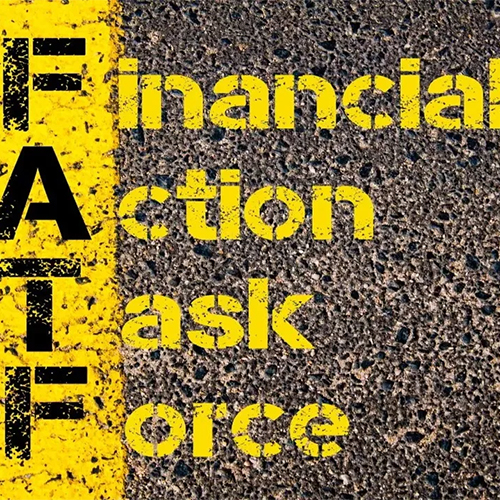
Financial Action Task Force (FATF): History, Functions, Lists, and Recommendations
The Financial Action Task Force (FATF) is an intergovernmental organization that sets international standards and rules to prevent financial crimes...

Basel Norms: Purpose and History
Basel Norms or Basel Accords are the international banking regulations issued by the Basel Committee on Banking Supervision - BCBS....

5 Key Takeaways From Recent FinCEN Alert on Human Smuggling on the Southwest Border
The Financial Crimes Enforcement Network (FinCEN) released a new alert focused on human smuggling and trafficking across the United States’...

Guide to Anti-Money Laundering in Banking and Finance
Anti-money laundering or AML in banking and finance refers to the legal obligations, set of rules, procedures, and regulations to...

An Overview of the OFAC Sanctions and Program Types
Economic and trade sanctions are one of the ways the United States uses to deter and penalize human rights violations,...

BSA/AML and Sanctions Program Framework: Key Imperatives for Banks
A robust BSA/AML and Sanctions Program framework is crucial for banks to attain compliance with heightened regulatory requirements. The rapidly...

What is Financial Crime Risk Management (FCRM)?
Financial crime risk management or FCRM refers to the process of protecting an organization’s finances from criminal or fraudulent activity....

Rise of Mortgage Automation – Business Impact and Benefits
Bank and nonbank lenders have been increasing investments in mortgage automation technologies to perform document extraction, verification, process flow management,...

How to Improve Commercial Loan Servicing?
Commercial loan servicing is a crucial aspect of lending services, which can impact the borrower’s experience and business outcomes. Loan...

Streamlining the Commercial Loan Origination Process with Automation
Commercial loan origination is becoming increasingly competitive, with new-age players like neo-banks and FinTech companies permeating the market with reimagined...

FATF Risk-Based Approach to Managing Financial Crime Compliance – Guidance for Banks
Adopting a “risk-based approach” or RBA is crucial for financial institutions to meet compliance with anti-money laundering (AML) regulations. The...

The 5 Benefits of Managed Services for Mortgage Lenders
Mortgage lending institutions face numerous operational challenges due to market volatility and policy changes, which affect demand and customer expectations....

Managing ACH Fraud Monitoring and Investigation Using the Digital Knowledge Operations™ Approach
Automated Clearing House (ACH) frauds are among the most common financial crimes involving the illicit siphoning of money from one...

Deliver Fast and Compliant Mortgage Lending with Digital Knowledge Operations™
The digitized marketplace highlights two striking trends for mortgage lenders viz. the growing customer expectations and the evolving regulatory landscape...

(Webinar) A Pragmatic Approach to Digitally Transforming Banking and Financial Services Operations – Key Insights
It explored several in-depth, thought-provoking perspectives on the foundational questions that underpin digital transformation in today’s context, particularly stressing the...

Transforming Reconciliations Management with Digital Knowledge Operations™
Reconciliations are critical processes banks need to perform to check and ensure that the financial statement of a company matches...

How Can Lenders Perform Faster Mortgage Loan Processing?
According to Ellie Mae, the average time for closing a mortgage loan is around 30 to 60 days. The long...

Transforming Business Process Documentation in the BFS Industry with Digital Knowledge Operations (DKO)™
Business process documentation is a vast and tedious activity every banking and financial institution needs to perform perpetually in line...

The High Costs of AML Transaction Monitoring: Can Machine Learning Help?
The Bank Secrecy Act (BSA) obligates financial institutions to follow a stringent transaction monitoring process to track/monitor, investigate, and report...
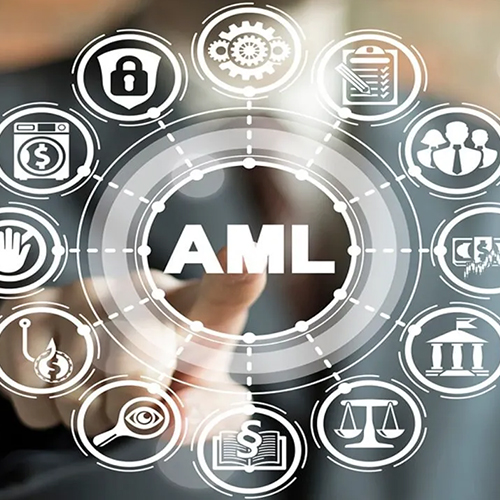
Anti-Money Laundering Compliance – Checklist and Best Practices
Money Laundering is a persistent problem globally. As per UNODC, 2-5% of global GDP ($800 billion - $2 trillion) is...

Transform Mortgage Loan Origination with Intelligent Digital Solutions
Today mortgage lenders face unprecedented challenges in this fast-paced and competitive marketplace. The need to streamline operations, optimize costs, and...

Why Adopt Robotic Process Automation to Fight Financial Crimes (5 Benefits)
Financial crimes have been a growing problem for banks and other financial institutions. Offenses like money laundering have drawn increased...

As Mortgage Rates Increase, Mortgage Fraud Increases
Due to growing inflation and the Federal Reserve's interest rate hike since 2018 in mid-March, the mortgage market, which had...

Overcoming the Top Challenges in Mortgage Lending Industry with Digital Solutions
COVID-19 caused considerable shifts in the mortgage lending services industry amid the volatile market landscape defined by increased customer expectations,...

Managing Financial Frauds with Intelligent Digital Solutions
The onset of the pandemic saw a humongous increase in the number of financial crimes all around the world. According...

How Do Fintechs Grow in the Post-Covid Era? The Three Imperatives
The Covid-19 pandemic placed immense stress on the global economy, bringing down many industries to their knees by severely hampering...

Unleashing Growth for Mortgage Lenders with “Right- shoring”
The Mortgage sector is a fast-evolving and dynamic sector in the broad gamut of financial services industry. Lately, a substantial...

How do Banks Tackle Financial Crimes? The Key Lies in Risk-Based Approach and Domain-Led Expertise
Businesses worldwide are undergoing a wave of disruption led by shifts in technology, mindset, and culture. Amid these upheavals, organizations...

Redefining Post-Pandemic Mortgage Industry with Digital Transformation
The COVID-19 pandemic has brought drastic changes in the mortgage industry, increasing the costs, customer expectations, and impacting other business-critical...
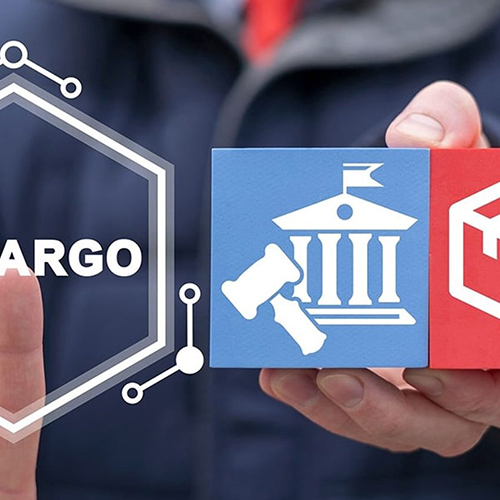
Russian Sanctions – Highlighting of Compliance Complexities
The invasion of Ukraine has resulted in a flurry of tough sanctions on Russia by the United States, the European...

